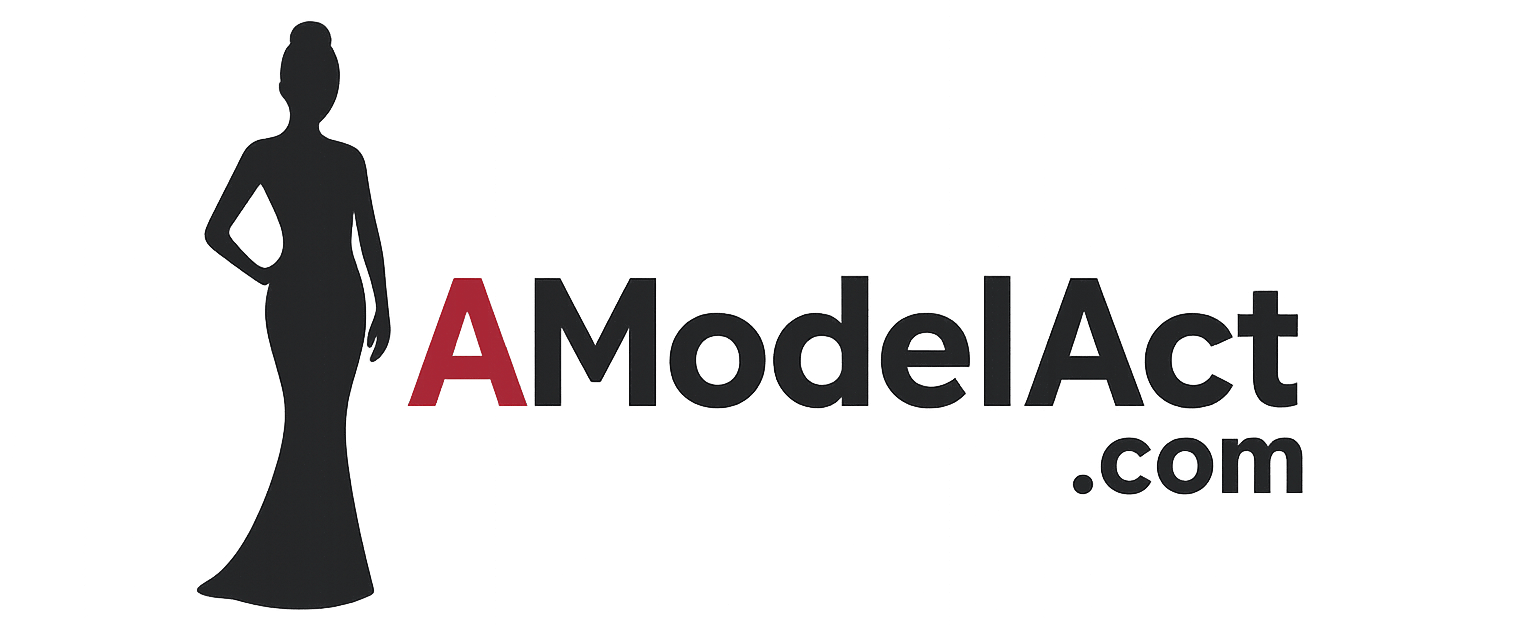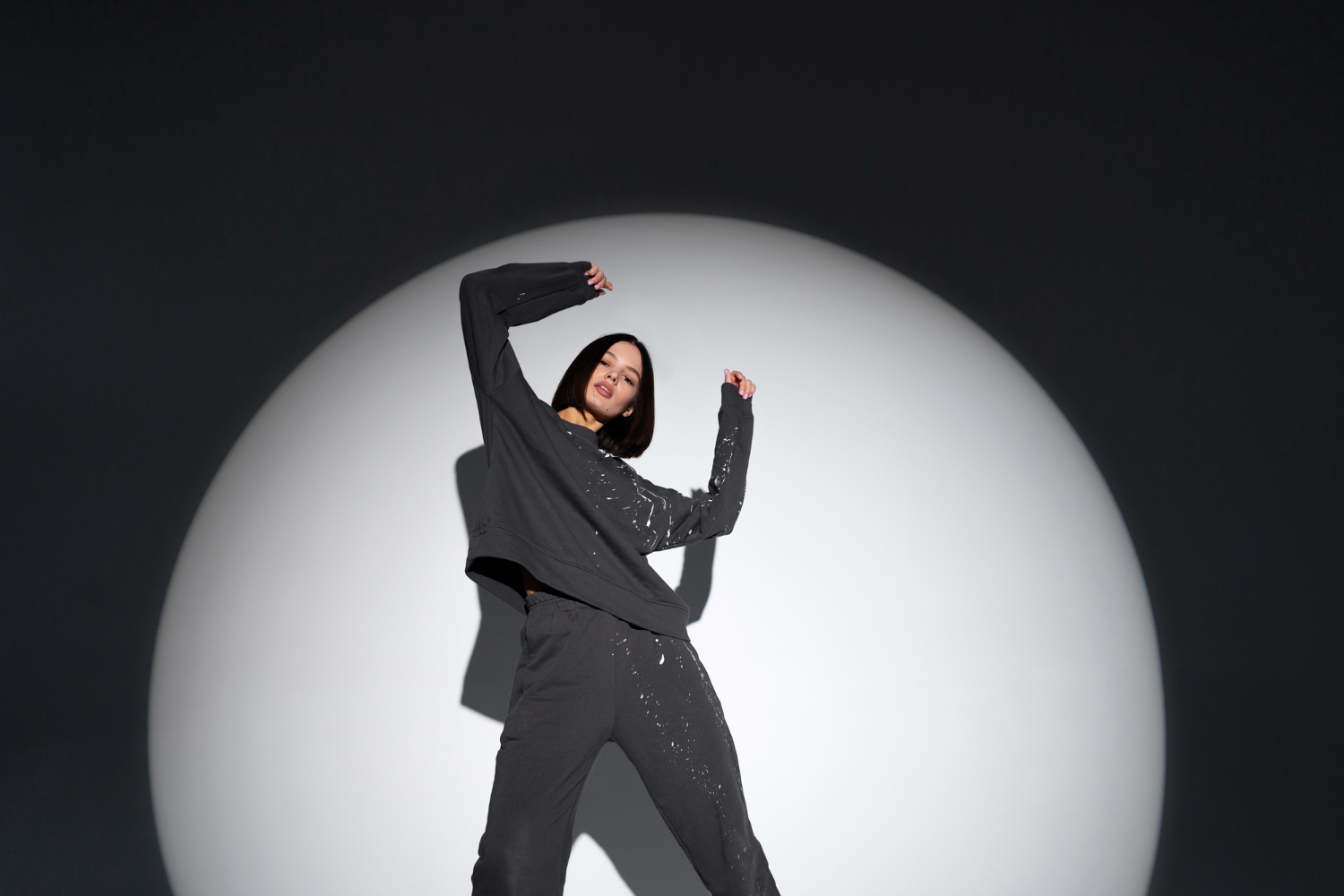Walking the runway and posing for a camera might seem like similar skills on the surface, but they couldn’t be more different in practice. As a model, learning to adapt your movement and expressions depending on whether you’re doing a fashion show or a photo shoot can be what sets you apart. Both mediums showcase clothes and styling, but the method of communication, still image vs. live performance, requires a different kind of energy, precision, and awareness.
In my experience, switching between the two requires training your body and face to respond in entirely different ways. On the runway, it’s about rhythm, grace, and strength. In a photoshoot, the magic comes from stillness, micro-movements, and emotional connection. Let me break down the differences and share my personal go-to strategies for making the most of each situation.
Mastering Presence on the Runway
Walking a runway is like performing choreography. Every movement is timed, deliberate, and made to show off the designer’s work. You’re not just walking, you’re presenting.
Walk With Purpose
One of the most critical things to remember is that a confident walk is more powerful than an over-stylized one. I keep my steps natural but assertive, allowing my hips to move subtly and my shoulders to stay relaxed. Good posture is key, straight spine, chin level, and eyes forward. I picture a string gently pulling me up from the crown of my head to maintain alignment and poise.
Let the Clothes Do the Talking
On the runway, your job isn’t to steal the spotlight from the clothes. I try to think of myself as the vehicle for the garment’s story. If I’m wearing a dramatic, architectural gown, I let my movements be a bit more measured and statuesque. If it’s a casual, sporty collection, my walk might have a little more bounce. The goal is always to support the designer’s vision through my movement.
Facial Expression Matters
Even though the audience is looking at your whole body, your face still counts. I stick to a relaxed, almost neutral expression on the runway, one that reads confidence without distraction. A slight tightening of the jaw or a subtle smize (smiling with the eyes) can convey focus and authority. The trick is to look fierce without looking forced.
Practice Your Turns
Turns are often where nerves show. I practice pivoting and pausing until it becomes second nature. Whether it’s a single turn at the end of the runway or a looped choreography, knowing how to turn fluidly without breaking stride is crucial. I usually plant one foot, pivot on the ball of the other, and use a flick of my head to punctuate the movement.
Posing With Impact in Photoshoots
In a photoshoot, everything changes. You’re no longer in motion; you’re working with stillness, shapes, and storytelling. Every click of the camera captures a single moment, so each pose matters. You have to be expressive and versatile, while staying aware of how your body looks from head to toe.
Start With Strong Foundations
My go-to poses always begin with a strong base. I distribute my weight evenly or shift to one hip depending on the mood of the shot. My limbs need to form flattering lines, so I create subtle bends in elbows and knees. A good pose feels stable but dynamic, like you’ve frozen mid-movement.
Use Your Face to Tell a Story
Unlike the runway, where expressions stay fairly neutral, a photoshoot thrives on emotion. I always try to connect with the theme or mood of the shoot. If the direction is edgy, I’ll narrow my eyes and part my lips slightly. For something light and whimsical, I’ll soften my gaze and bring more openness to my expression. It’s all about micro-expressions, tiny changes in the eyes, eyebrows, and mouth that shift the emotional tone.
Explore Angles and Asymmetry
Symmetry is safe, but asymmetry is interesting. I experiment with angling my body slightly away from the camera, tilting my head, or raising one shoulder. These variations add depth to the frame. I also rotate my torso slightly so that my shoulders and hips aren’t squared off at the same angle, which flatters curves and creates a more engaging shape.
Keep Moving Between Shots
A rookie mistake is to hold one pose for too long. I keep my poses fluid, changing every few frames while keeping a flow between movements. Sometimes I transition slowly from one position to another so the photographer can catch the moment in between. That’s often where the most compelling images come from.
Use Props and Wardrobe Creatively
In editorial shoots, props or dramatic clothing can help bring the vision to life. If I’m wearing a coat with movement, I’ll flick it open or use wind to create drama. If I’m working with a chair, I won’t just sit, I’ll lean, perch, or drape myself over it. My goal is to use the environment to expand the range of poses while remaining the central focus.
Key Differences to Remember
To succeed in both types of modeling, I had to develop an awareness of how drastically the physical and emotional language changes from one medium to the other.
Movement vs. Stillness
The runway is all about flow, your body is in constant motion. In contrast, a photoshoot is about capturing perfect still moments. On the catwalk, each step should lead into the next seamlessly. In front of a camera, I freeze for seconds at a time to allow for multiple captures, then shift subtly to something new.
Performance vs. Connection
Walking in a show feels like a stage performance. It’s polished, rehearsed, and projected outward to an audience. Photoshoots feel more intimate. I connect with the camera as though it’s a person. My expressions are more nuanced, my energy more internal.
Direction vs. Freedom
Runway modeling often comes with strict instructions, pace, turns, route, and demeanor are dictated by the show director. Photoshoots are more collaborative. I work with photographers, stylists, and art directors who encourage experimentation. I get more creative control in how I interpret the concept.
Tips That Help Me Switch Between the Two
I’ve developed little habits that help me switch gears quickly between the runway and the studio:
- Before a runway, I warm up my body with stretches and walk to music to find my rhythm.
- Before a shoot, I practice facial expressions in the mirror and review poses that suit the wardrobe.
- After a show, I jot down what worked and what didn’t so I can improve for the next one.
- After a shoot, I ask for feedback from the team and study the photos to analyze my angles.
Common Mistakes to Avoid
Whether on a runway or in front of a lens, some pitfalls are easy to fall into. I’ve learned to avoid:
- Over-posing in photoshoots: Holding awkward or unnatural poses because I thought they looked high-fashion. Natural movement always wins.
- Blank expressions on the runway: Even neutral expressions should still project emotion and confidence.
- Slouching or locking knees: These instantly ruin posture and energy in both settings.
- Ignoring my hands: Hands should always have purpose, soft fingers, tension in the wrist, or placed with intention.
- Letting nerves dictate pace: I used to rush on the runway or freeze up in shoots. Now, I focus on breathing and grounding myself in the moment.
Final Thoughts
Becoming great at both runway and photoshoot posing means knowing what each setting demands and showing up ready to deliver. I’ve come to love the contrast between them, the kinetic drama of the runway and the quiet artistry of the photoshoot. The more I practice and refine each style, the more confident I feel walking into any modeling opportunity.
It’s not just about looking good, it’s about telling a story with my body, whether I’m strutting down a runway or captured in a single frozen frame. Once I learned how to adapt to each environment, I started booking more gigs and standing out in castings.
Posing is a skill that gets sharper with time, awareness, and creative freedom. With patience and attention to detail, I found my groove, and so will you.

